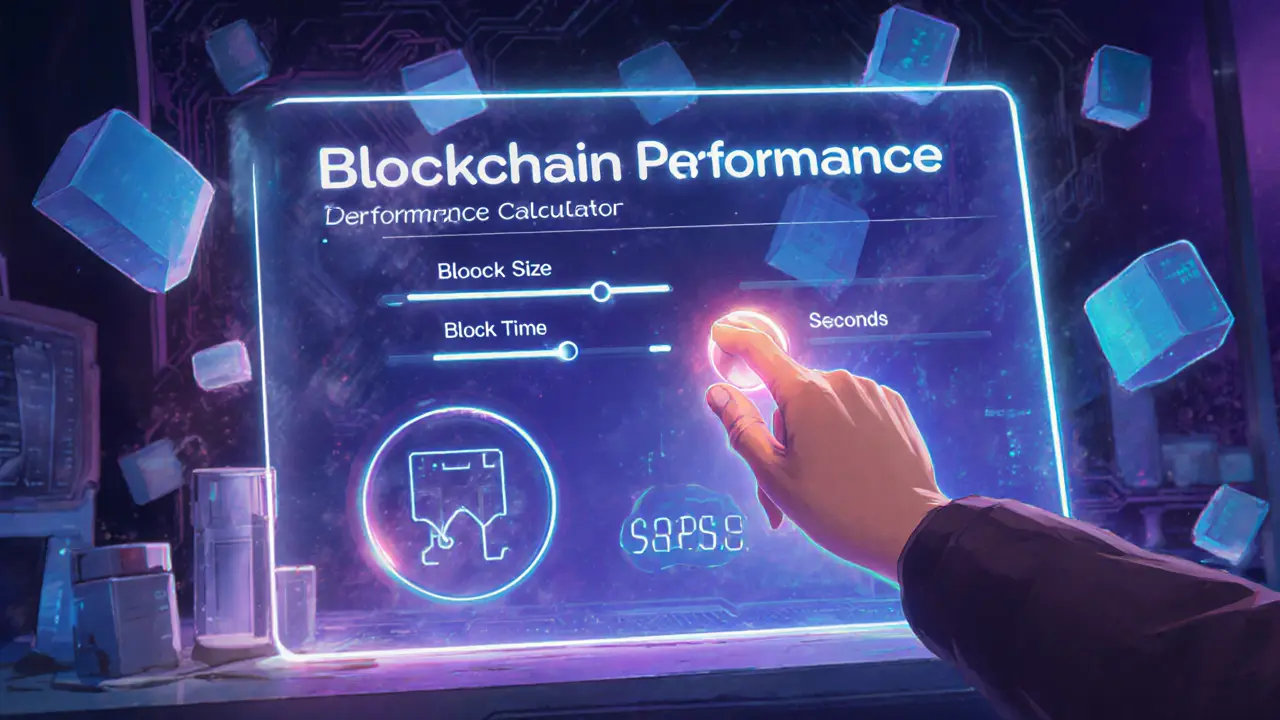Transaction Throughput: What It Means for Crypto Networks
When talking about transaction throughput, the number of transactions a blockchain can confirm per second. Also known as TPS, it directly determines how fast users can move value and how costly each move becomes. In plain terms, higher throughput means smoother payments, cheaper fees, and a better experience for everyday apps. Transaction throughput is the cornerstone metric that investors, developers, and regulators watch when they compare blockchains.
Key Factors That Drive Throughput
One of the most obvious drivers is block size, the amount of data stored in each block. Bigger blocks can pack more transactions, so they usually boost TPS, but they also demand more storage and bandwidth from nodes. Another critical piece is the consensus mechanism, the rule set nodes follow to agree on the next block. Proof‑of‑Stake, for example, can finalize blocks faster than Proof‑of‑Work, which directly lifts throughput. A third factor is network latency, the delay between when a transaction is broadcast and when it reaches validators. Lower latency means validators can process transactions quicker, squeezing more into each second.
All these pieces tie into scalability, the ability of a blockchain to grow its capacity without sacrificing security or decentralization. Scalability isn’t just about cranking up TPS; it also involves keeping fees predictable and ensuring the network stays robust under heavy load. When a chain improves its scalability, it usually upgrades one or more of the drivers mentioned above—larger block sizes, faster consensus, or optimized network routing. In practice, developers choose a mix that fits their use case: high‑frequency trading platforms need ultra‑low latency and rapid consensus, while a simple payment app might prioritize larger blocks to keep fees low.
Understanding these relationships helps you spot why some projects market themselves as “high‑throughput” while others focus on “low fees” or “secure consensus”. A chain that boasts 100 TPS but uses massive blocks may struggle with decentralization, whereas a network delivering 50 TPS with a lightweight consensus could stay more open. Knowing the trade‑offs lets you match a blockchain to your goals, whether you’re building a DeFi protocol, a gaming token, or a supply‑chain tracker. Below, you’ll find a curated set of articles that dig into specific coins, exchanges, and technical reviews—all tied back to how they handle transaction throughput.
Block Size Impact on Blockchain Performance - What You Need to Know
Explore how block size determines blockchain throughput, its trade‑offs for decentralization, real‑world examples, and complementary scaling strategies.
read more

